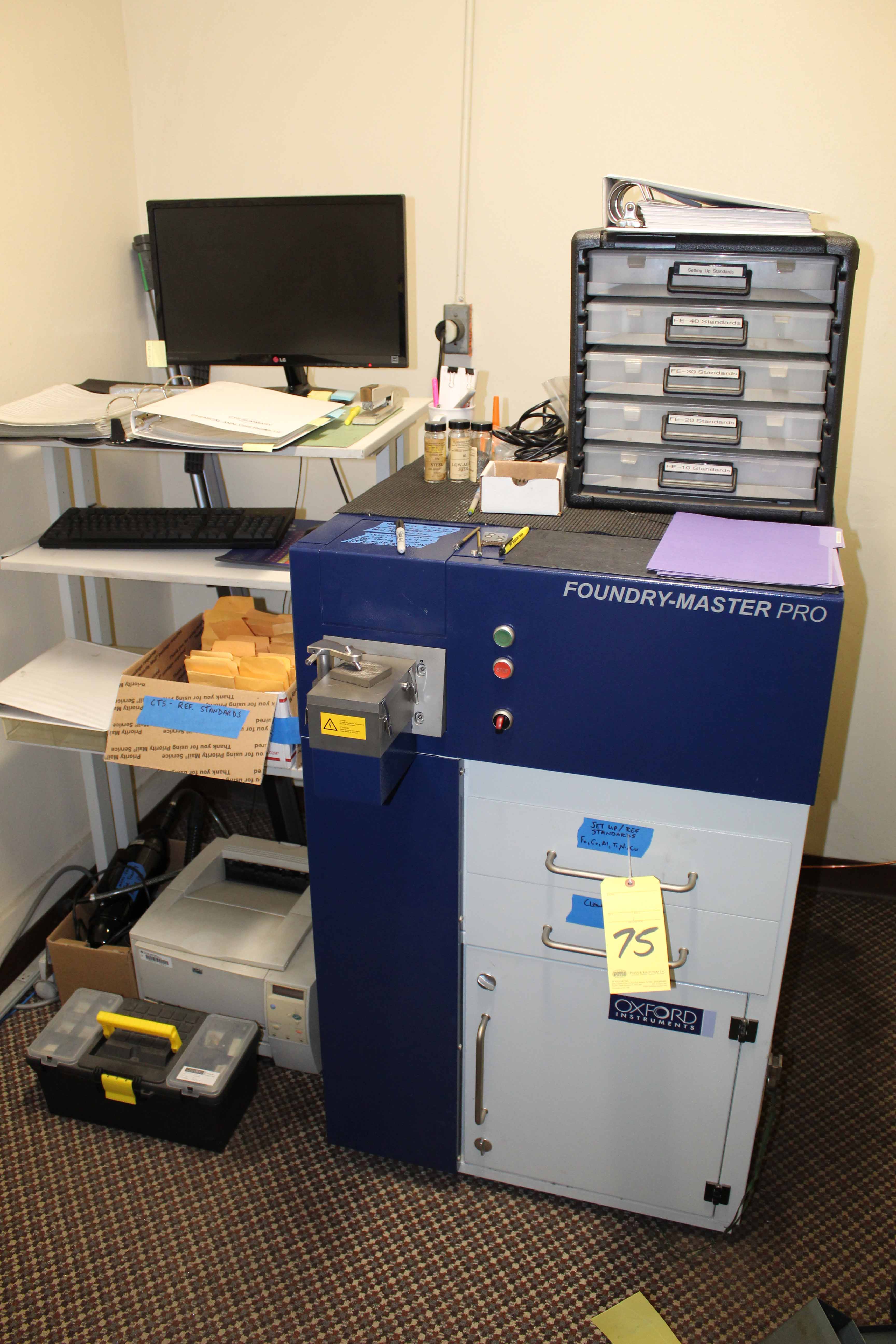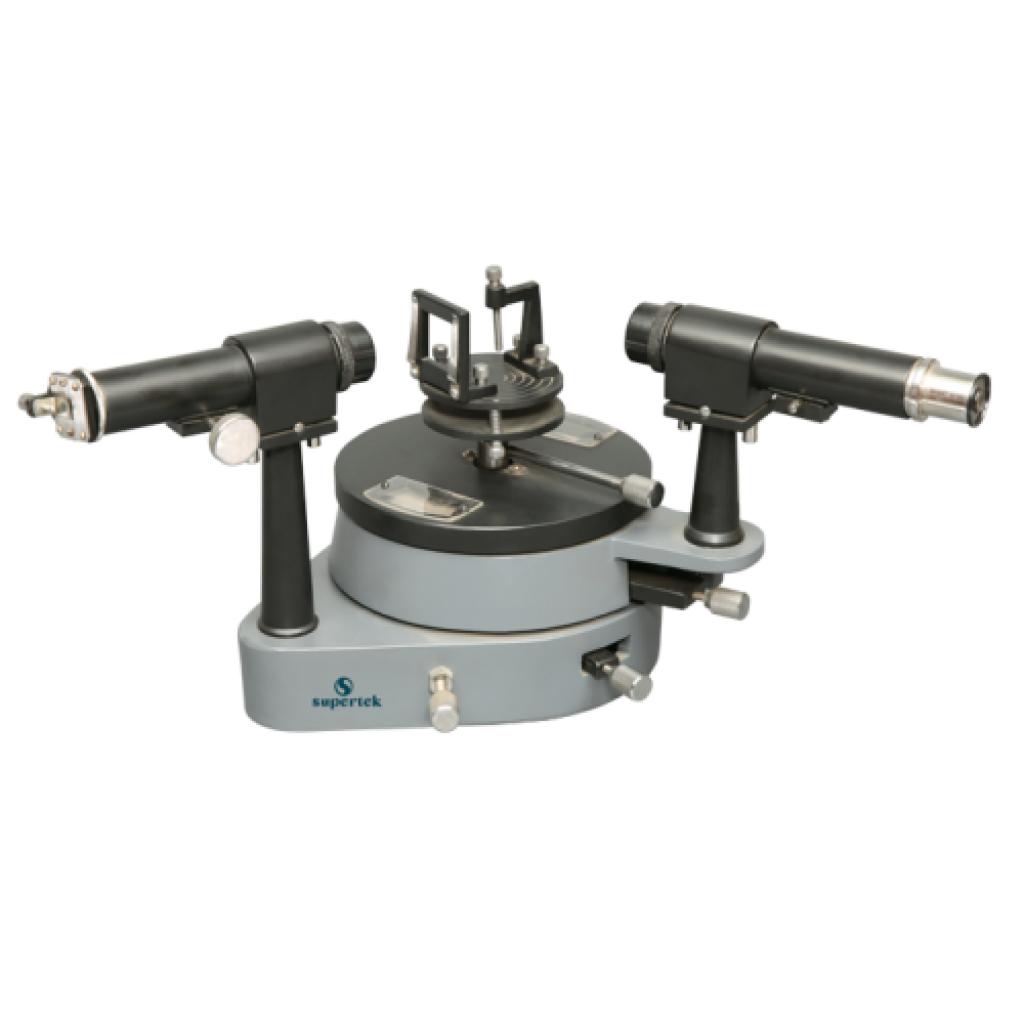

However, a resolution of 5~10 nm is far away from being adequate for applications like glucose monitoring, not to mention gas analysis. For instance, ultra-compact spectrometers at the scale of dozens of microns based on single compositionally engineered nanowires have been demonstrated, representing the smallest footprint on record 14, which for sure, is recognized as a milestone for miniaturized spectrometers. While some work has indeed advanced the state-of-the-art in miniaturized spectrometers, they may suffer from insufficient performance and low technology readiness levels in connection with commercialization. By now, a wide variety of miniaturized spectrometers have been demonstrated, involving diverse architectures, working principles and material platforms, as well as varying technology readiness levels for large-scale manufacturing 12, 13, 14, 15, 16, 17, 18, 19, 20. Thus, to achieve commercial products, it is vital to tailor the spectrometer design to suit specific application scenarios. In principle, the miniaturization of spectrometers inevitably leads to performance trade-offs in size, operating bandwidth, measuring speed, spectral resolution, dynamic range (or insertion loss), etc. Clearly, efforts are driven toward exploring miniaturized spectrometers that are mass-manufacturable for the consumer market. To name a few, Fraunhofer ENAS announced its goal of batch producing “one gram spectrometer” for smartphone integration at the cost of around one dollar 10, whilst Rockley Photonics released a whitepaper aiming to realize high-yield manufacturable on-chip spectrometers for “clinic on the wrist” health monitoring 11. The projected market for mini- and micro- spectrometers has gone up to about 900 million dollars 9, which stimulates considerable research efforts from both academia and industry.
#PRO TOOLS SPECTROMETER PORTABLE#
To meet the requirements of various application scenarios where the portability, cost, robustness, and power consumption are paramount metrics, such as portable or wearable sensing devices for healthcare, food safety monitoring 4, 5, smartphone-based spectrometers, drone-based remote sensing 6 and space exploration 7, 8, substantial progresses have been made in miniaturizing spectrometers while maintaining adequate performance during the past decades. Conventional high-performance spectrometers are typically based on bulky and costly systems with large dispersive components, long optical path length, and movable mechanisms. Optical spectrometer is one of the most essential instruments in numerous fields, including chemical engineering, materials analysis, astronomical science, medical diagnosis and biological sensing 1, 2, 3. Insights for ways forward are also presented. Recent progress addressing the challenges of miniaturization of spectrometers is summarized, paying a special attention to the CMOS-compatible fabrication platform that shows a clear pathway to massive production. This review paper shows the market trend for chip-scale spectrometers and analyzes the key metrics that are required to adopt miniaturized spectrometers in real-life applications.


More importantly, in spite of the advancement in miniaturized spectrometers, their performance and the metrics of real-life applications have seldomly been connected but are highly important. While substantial progresses have been made in the miniaturization of spectrometers, most of them are with a major focus on the technical side but tend to feature a lower technology readiness level for manufacturability. The proliferation of Internet-of-Things has promoted a wide variety of emerging applications that require compact, lightweight, and low-cost optical spectrometers.


 0 kommentar(er)
0 kommentar(er)
